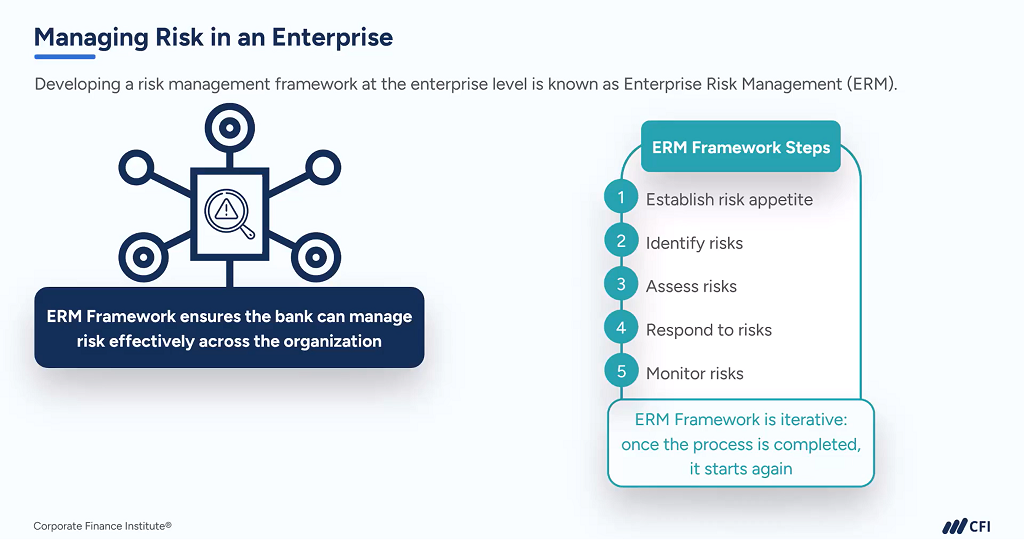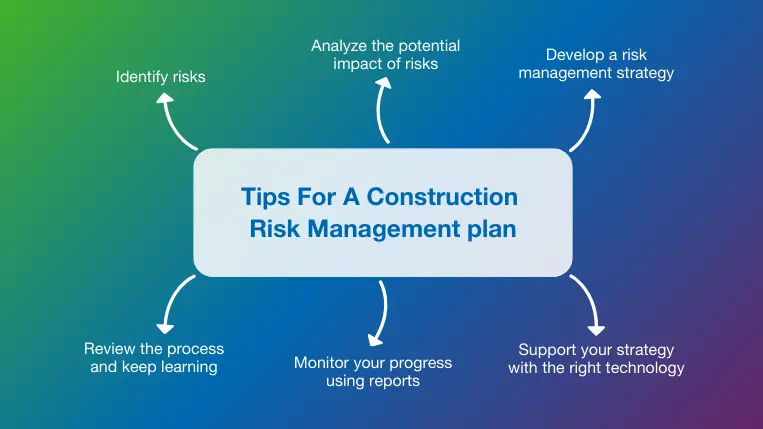The Crucial Importance of Risk Management in Protecting Corporate Assets
The Crucial Importance of Risk Management in Protecting Corporate Assets
Blog Article
The Relevance of Comprehending the Relevance of Risk Management in Various Industries

The Core Idea of Risk Management and Its Function
Risk Management, the cornerstone of numerous industries, pivots on the recognition, assessment, and reduction of unpredictabilities in a business atmosphere. By properly determining prospective threats, businesses can develop strategies to either avoid these dangers from taking place or reduce their effect. As soon as threats have actually been recognized and examined, the reduction procedure involves developing approaches to decrease their potential impact.
Benefits of Implementing Risk Management in Company Operations

Revealing the Function of Risk Management in Different Industries
While every market challenges its distinct collection of threats, the implementation of Risk Management strategies stays a common denominator in their pursuit of sustainability and development. In the healthcare field, Risk Management requires making sure patient security and data security, while in finance, it includes mitigating financial investment risks and guaranteeing regulatory conformity (importance of risk management). Building and construction firms concentrate on employee safety and security, task delays, and budget plan overruns. In the technology industry, business minimize cybersecurity threats and technology obsolescence. Ultimately, the function of Risk Management across industries is to determine, assess, and minimize dangers. It is an essential part of tactical planning, allowing organizations to secure their properties, optimize possibilities, and accomplish their goals.
Real-life Study Demonstrating Effective Risk Management
To comprehend the importance of Risk Management in these numerous industries, one can aim to several real-life instances that highlight the successful application of these measures. In the energy industry, British Petroleum created Risk reduction intends post the 2010 Gulf of Mexico oil spill. They carried out much better security procedures and stricter regulations which dramatically decreased additional crashes. Likewise, in finance, Goldman Sachs efficiently browsed the 2008 monetary situation by determining possible mortgage-backed safeties risks early. Toyota, upload the 2011 earthquake in Japan, changed its supply chain Management to lessen interruption risks. These situations show exactly how industries, picking up from crises, efficiently used Risk Management strategies to lower over at this website future risks.
Future Patterns and Advancements in Risk Management Strategies
Cybersecurity, when a peripheral problem, has actually catapulted to the leading edge of Risk Management, with approaches concentrating on action, detection, and avoidance. The integration of ESG (Environmental, Social, Governance) variables into Risk Management is an additional expanding trend, showing the increasing acknowledgment of the function that social and environmental threats play in business sustainability. Thus, the future of Risk Management exists in the blend of sophisticated modern technology, innovative techniques, and a holistic approach.
Verdict
To conclude, understanding the value of Risk Management across a spectrum of markets is critical for their durability and success. Tailored strategies can help mitigate prospective threats, protect properties, and foster stakeholder trust. Furthermore, positive decision-making aids in regulative compliance and maximizes resource use. Ultimately, successful Risk Management contributes to more sustainable and durable organizations, highlighting the value of this method in today's vibrant and very affordable business atmosphere.
While every market faces its one-of-a-kind set of risks, the application of Risk Management techniques remains an usual in their pursuit of sustainability and growth. In the health care market, Risk Management entails making sure individual safety and security and information protection, while in financing, it includes mitigating investment dangers and making sure regulative compliance. Inevitably, the function of Risk Management throughout markets is to determine, assess, and mitigate risks. These situations demonstrate how sectors, discovering from crises, properly applied Risk Management techniques to minimize future threats.

Report this page